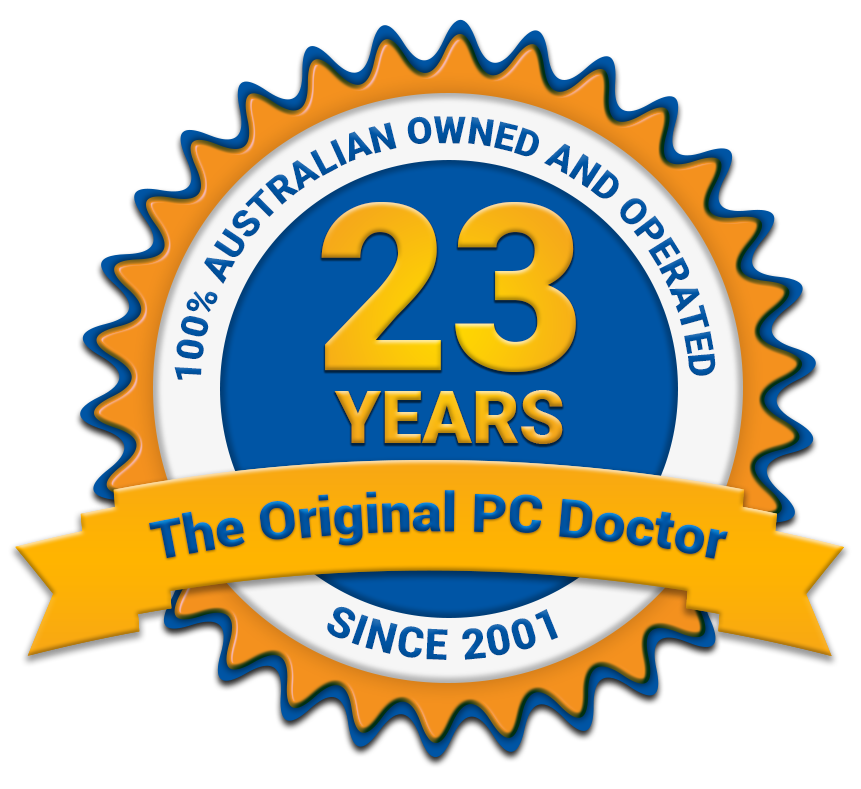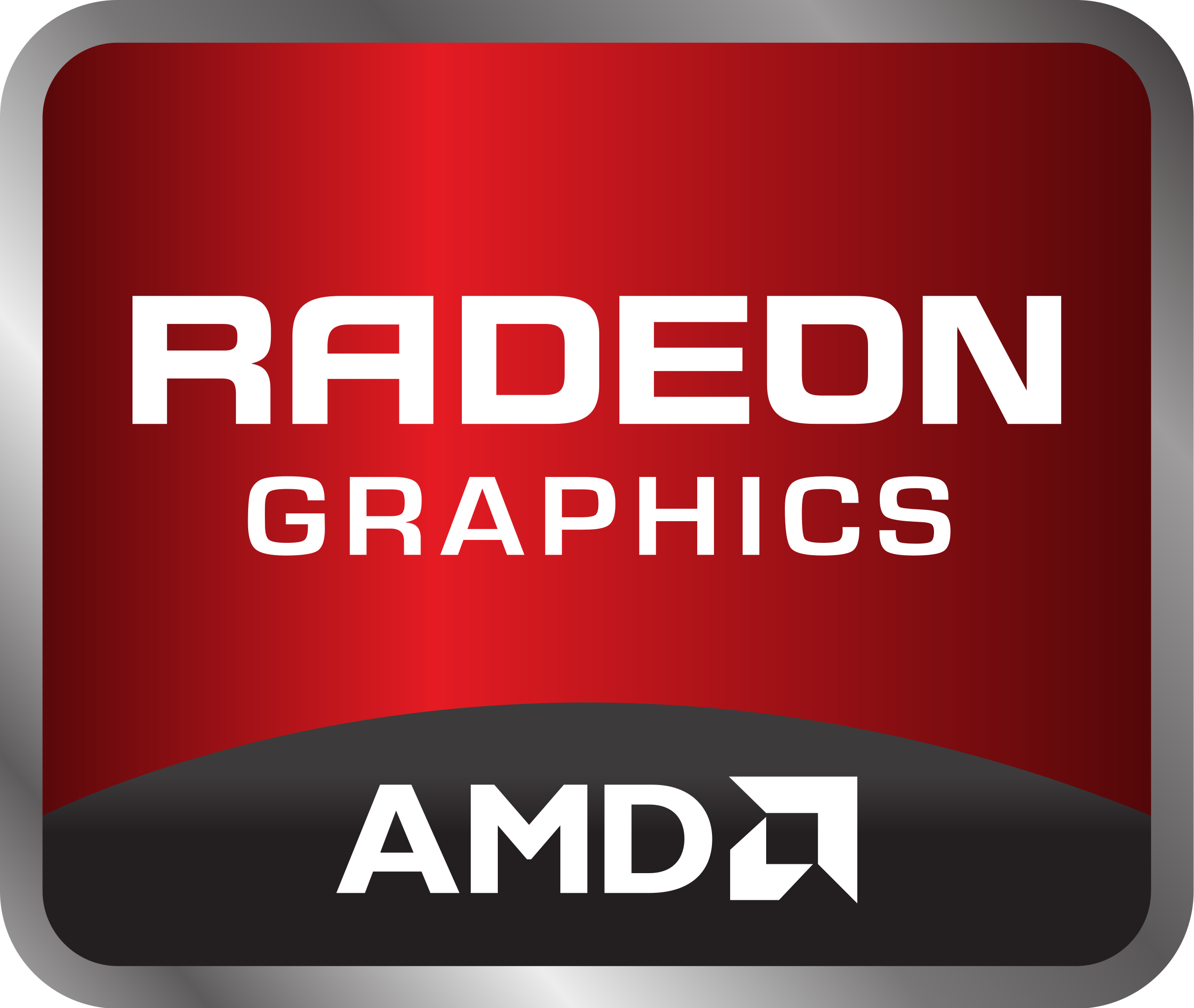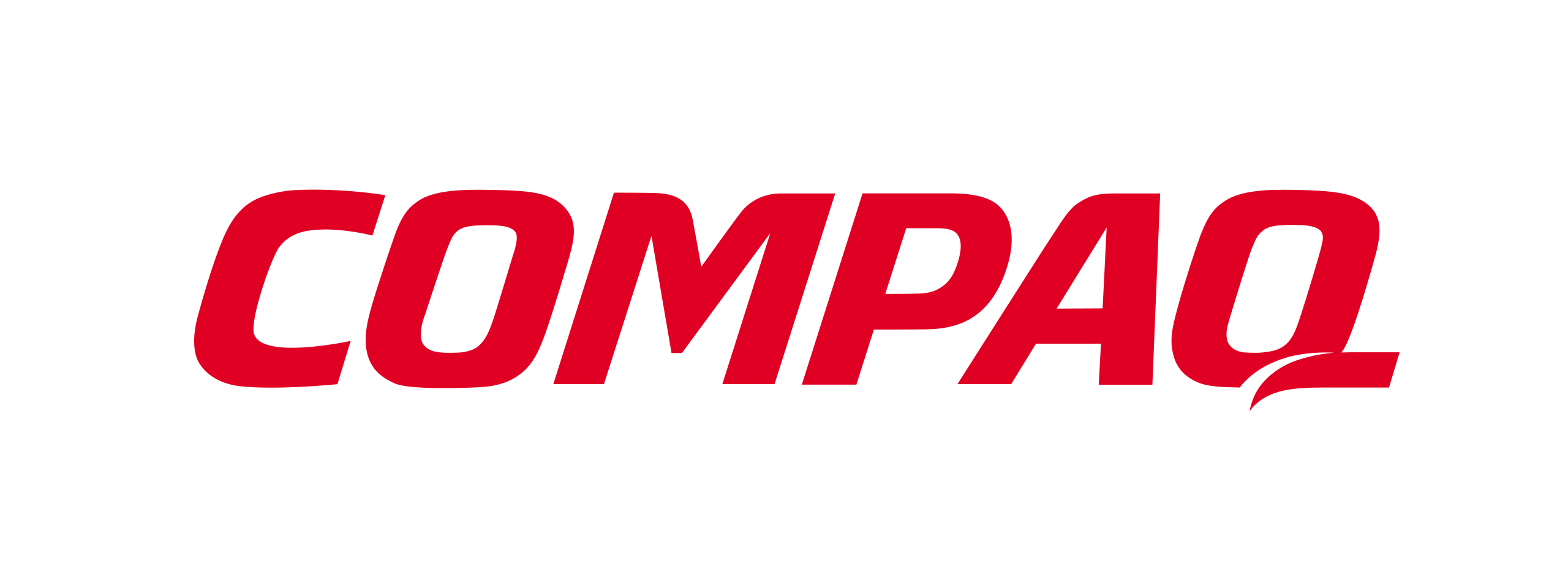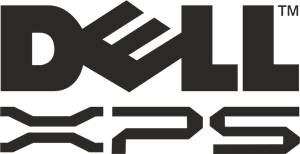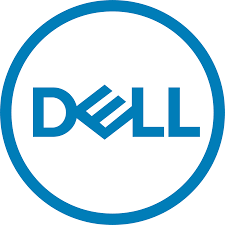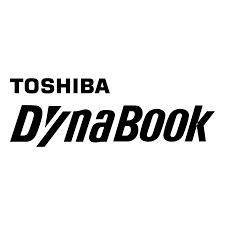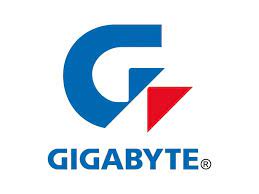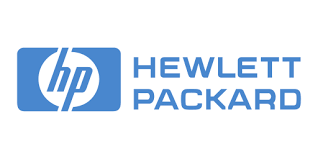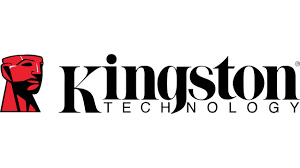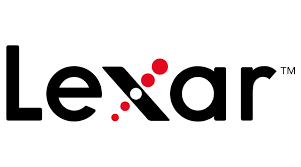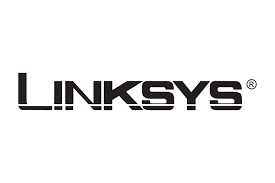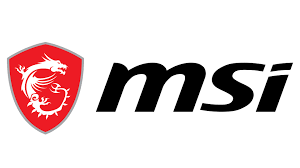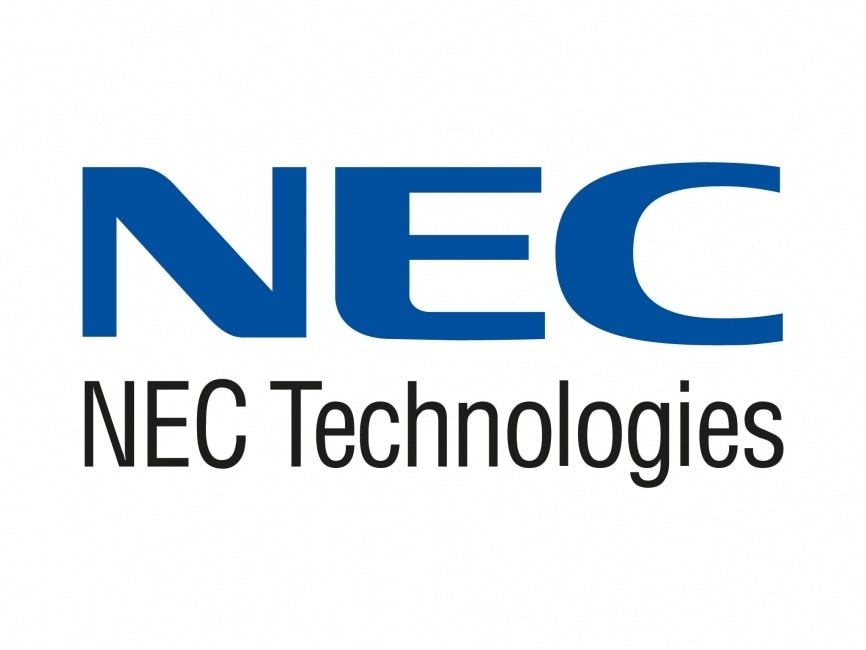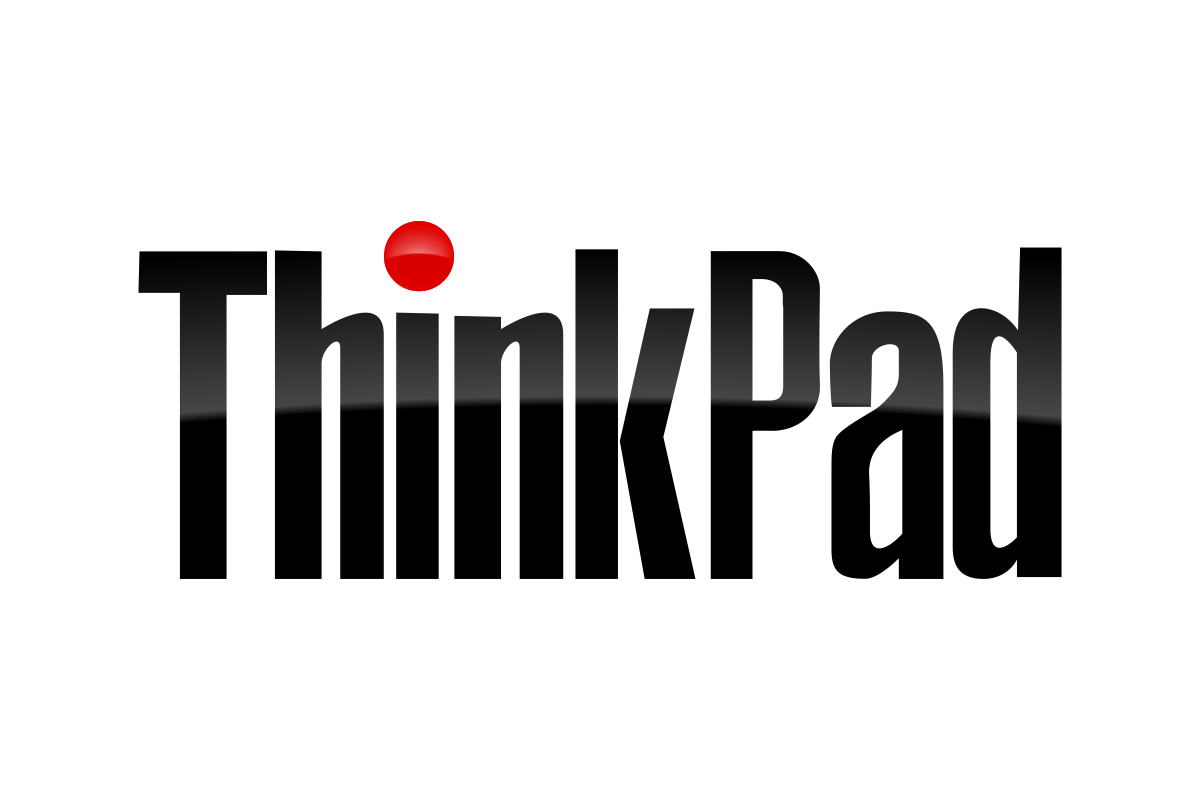How to Speed Up a Slow Computer – Ten Top Tips!
A sluggish computer can turn simple tasks into time-consuming chores and sap your productivity. Whether you’re repeatedly waiting for applications to load or enduring frustrating freezes, you deserve a faster, more responsive PC. In this guide, we’ll walk you through 10 easy tips—from basic maintenance to hardware upgrades—to speed up your computer without breaking the bank.
There’s nothing more frustrating than sitting down to get work done (or binge your favorite show), only to be met with a computer that feels like it’s running through molasses. Every click, every window switch, every program launch becomes a test of patience. While modern machines are built for speed, over time—even the snappiest PCs and laptops can accumulate clutter, outdated drivers, and background processes that bog them down. The good news is: you don’t need to run out and buy a brand-new rig. In this guide, we’ll walk through ten easy, practical steps—from identifying resource hogs to adding an SSD—that can breathe new life into your sluggish machine. Let’s get your PC running smoothly again.
Quick Summary: 10 Proven Ways to Speed Up Your Slow Computer
Tired of waiting on a laggy PC? Here’s a quick breakdown of the 10 most effective ways to speed up your computer—whether you’re using Windows or macOS:
-
Identify Resource Hogs – Check what’s slowing things down using Task Manager or Activity Monitor.
-
Clean Up Disk Space – Delete temp files, empty the Recycle Bin, and uninstall unused programs.
-
Disable Startup Programs – Stop non-essential apps from launching at boot.
-
Defragment Your Hard Drive – (HDDs only) Organize your disk to run more efficiently.
-
Update OS and Drivers – Ensure everything is running the latest versions.
-
Scan for Malware – Viruses and malware can silently hog resources.
-
Adjust Visual Effects & Power Settings – Reduce unnecessary animations and power-saving limits.
-
Add More RAM – Boost your multitasking capability.
-
Upgrade to an SSD – A solid-state drive can breathe new life into an old machine.
-
Clean Install of Your Operating System – Sometimes, a fresh start is the fastest fix.
🛠️ Need Help?
If any of this sounds too technical—or you’re not seeing results—don’t stress! Call us, and we’ll arrange for your local PC Doctor technician to visit your home or office anywhere in Australia. We’ll get your computer running like new in no time. 📞 1300 723 628
1. Identify What’s Causing the Slowdown
Before you start deleting files or tweaking settings, it helps to know exactly what’s slowing you down. On Windows, press Ctrl+Shift+Esc to open Task Manager; on a Mac, launch Activity Monitor from your Utilities folder. Spend a minute watching the CPU, memory, and disk columns—if you see a single program consuming 80–90% of your CPU or a background process constantly writing to disk, you’ve found your first target. Sometimes it’s an app you forgot you had open; other times, it could be a runaway browser tab or an indexing service stuck in a loop. Closing or updating that one offending process can yield an immediate performance boost.
-
Check Task Manager / Activity Monitor
-
Look for CPU, memory, or disk usage hogs.
-
Identify background apps consuming resources.
-
-
Monitor Boot Time
-
Use built-in tools like Windows Performance Monitor or macOS System Information.
-
-
Run a Benchmark
-
Tools like UserBenchmark give a baseline for comparison.
-
2. Clean Up Disk Space
Every file you download, every app you install, and every Windows update you apply leaves behind temporary data. Over months (or years!), that clutter can consume tens of gigabytes of space—and when your primary drive fills up beyond about 85%, performance can plummet. Start by emptying your Recycle Bin (Windows) or Trash (Mac). Then, delete obvious big-ticket items: old installer files in Downloads, forgotten ISOs, or duplicated videos. On Windows, run the built-in Disk Cleanup tool—type “Disk Cleanup” into the Start menu—then select your system drive and let it sweep away temporary Windows files, thumbnails, and more. Mac users can turn to Finder → Manage Storage or a free utility like Onyx to scrub caches and system logs. The end result? More free space, less strain on your drive, and snappier load times.
-
Remove Unnecessary Files:
-
Empty Recycle Bin / Trash, delete temp files (
%temp%on Windows).
-
-
Uninstall Unused Programs:
-
Use Control Panel > Programs and Features (Windows) or Applications folder (Mac).
-
-
Use Disk Cleanup Tools:
-
CCleaner or built-in Disk Cleanup on Windows.
-
Onyx or CleanMyMac on macOS.
-
3. Optimize Startup Programs
If your computer now takes forever to boot, dozens of apps may be launching automatically behind the scenes. On Windows, return to Task Manager and click the Startup tab to see what’s scheduled to run at login; on macOS, head to System Settings → Users & Groups → Login Items. Look for chat apps, cloud sync tools, or any name you don’t recognize—and disable everything you don’t need immediately upon startup. Don’t worry: you can still launch them manually later. By paring down your boot-time workload, you’ll shave precious seconds (or minutes) off your startup and give your machine breathing room right away.
-
Windows:
-
Open Task Manager → Startup and disable non-essential apps.
-
-
macOS:
-
Go to System Settings → Users & Groups → Login Items.
-
⚠️ Only disable items you recognize. If unsure, Google the process name before turning it off.
4. Defragment Your Hard Drive (HDD Only)
If your PC still uses a traditional spinning-platter hard drive (HDD), fragmentation can slow file access dramatically. Over time, files become scattered across the disk, forcing the read/write head to hop around. Windows’ Defragment and Optimize Drives utility—accessible by searching in the Start menu—reorganizes data so related information sits together, making reads and writes much faster. Simply select your HDD and click Optimize, then schedule monthly runs to keep things in order. (Note: Solid-State Drives (SSDs) don’t benefit from defragmentation—in fact, it can shorten their lifespan—so skip this step if you’ve already upgraded.)
Note: SSDs do not need defragmentation.
-
Open Defragment and Optimize Drives (Windows).
-
Select your HDD and click Optimize.
-
Schedule monthly maintenance for best results.
5. Update Your Operating System and Drivers
It may be tempting to postpone that marathon Windows update or ignore your GPU driver notice, but modern operating systems and hardware rely on constant tweaks to fix performance bottlenecks and patch vulnerabilities. On Windows, open Settings → Update & Security → Windows Update to install any pending patches. Mac users can click the Apple menu → About This Mac → Software Update. For graphics cards, download the latest drivers from NVIDIA, AMD, or Intel’s official sites—new releases often include game-performance optimizations and bug fixes that translate to a smoother overall experience.
-
Windows Update / macOS Software Update: Keep your OS patched.
-
Graphics & Chipset Drivers: Download latest from NVIDIA, AMD, or Intel.
Up-to-date drivers can provide performance boosts and bug fixes that speed up your PC.
6. Scan for Malware and Viruses
Sluggish performance can also be a sign of unwanted software lurking in the background. Install and run a reputable antivirus—Windows Defender is built in, and programs like Bitdefender or Kaspersky add extra features. For adware or stealthy PUPs (Potentially Unwanted Programs), Malwarebytes offers a free scan-and-remove tool that often catches what mainstream AV misses. Schedule weekly or monthly deep scans so infections never get a foothold—removing hidden threats can instantly free up CPU cycles and network bandwidth.
-
Run a Full Scan with Windows Defender or a third-party AV.
-
Use Malwarebytes for deep malware removal.
-
Schedule Weekly Scans to prevent infections that slow your system.
See our full guide: Virus & Malware Removal Guide for Home Users
7. Adjust Visual Effects and Power Settings
Sometimes your computer is working overtime just to render fancy window animations and shadows. On Windows, open System Properties → Advanced → Performance Settings, then choose Adjust for Best Performance (or manually disable only the effects you find unnecessary). On macOS, reduce transparency and motion in System Settings → Accessibility. Also, check your power plan: on desktops, pick High Performance, and on laptops, use the Balanced or High Performance setting while plugged in. These adjustments can redirect resources from aesthetics back toward real computing tasks.
-
Windows:
-
System Properties → Performance Settings → Adjust for best performance.
-
-
macOS:
-
Reduce transparency and motion in Accessibility settings.
-
-
Power Plan:
-
Choose High performance on desktops; balanced mode on laptops when plugged in.
-
8. Add More RAM
If you frequently juggle multiple browser tabs, office apps, and background utilities, your system may be swapping data to disk because it’s out of RAM. Upgrading memory is one of the easiest hardware tweaks: check your current usage in Task Manager (Windows) or Activity Monitor (Mac) to see if you’re regularly maxing out. Then, purchase compatible modules—ideally in matched pairs for dual-channel performance—and install them yourself (most desktops are straightforward) or enlist a local tech service. More RAM means less reliance on slower disk swaps, resulting in a noticeably more responsive machine when multitasking.
-
Why It Helps: More memory means less swapping to disk, which speeds up multitasking.
-
How to Check: In Task Manager (Windows) or Activity Monitor (Mac).
-
Upgrade Guide:
-
Identify compatible RAM (DDR3 vs. DDR4, speed).
-
Install modules in matching pairs for dual-channel performance.
-
9. Upgrade to an SSD
Nothing transforms a computer like swapping out a spinning HDD for an SSD. SSDs deliver up to ten times the read/write speeds, cutting boot times from minutes to seconds and slashing application launches to instant. Tools like Macrium Reflect (Windows) or Carbon Copy Cloner (Mac) let you clone your existing drive, preserving your OS and files intact. Entry-level SATA SSDs (e.g., Crucial MX500) are very affordable, and if your motherboard supports NVMe PCIe drives, you can enjoy even faster speeds. This single upgrade often has the highest “bang for your buck” when reviving an aging PC.
-
Benefits vs. HDD: SSDs offer 10× faster read/write speeds.
-
Cloning Your Drive: Use tools like Macrium Reflect or Clonezilla.
-
Recommended Models: Samsung EVO series, Crucial MX500.
Learn more on storage upgrades in our PC Upgrade vs. Replace guide.
10. Perform a Clean OS Installation
When all else fails—or if you inherited a system that’s been tweaked and tweaked over years—a fresh OS installation can strip out hidden cruft and restore peak performance. Back up your data first (see our Data Backup Best Practices for Home & Business), create a bootable USB installer, and follow the on-screen prompts to wipe and reinstall. Afterward, only install the apps you actually use, and resist the temptation to reintroduce every utility you once tried. A lean system starts fast and stays fast.
-
Backup First: Follow our Data Backup Best Practices to save all files.
-
Reinstall OS: A fresh installation can eliminate deep software issues.
-
Reinstall Only Essential Apps: Keeps your system lean.
Optimizing your PC doesn’t have to be complicated. From simple disk cleanup to hardware upgrades like adding more RAM or switching to an SSD, these top ten tips can dramatically speed up your slow computer. If you’d rather have an expert handle it, The Original PC Doctor offers on-site and remote PC optimization services across Australia.
👉 Ready for a faster PC? Book your service today.
Why Choose Us?
- 💻 24+ years experience
- 📁 No Fix No Fee
- ⚙️ Expert setup
- 📞 Local support 1300 723 628
Content Created on 07/05/2025 by
John Pititto
Managing Director
The Original PC Doctor






